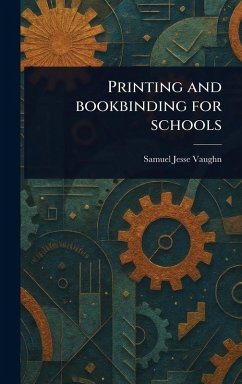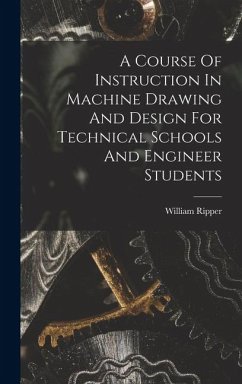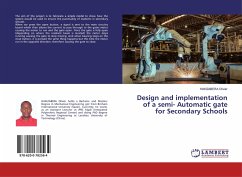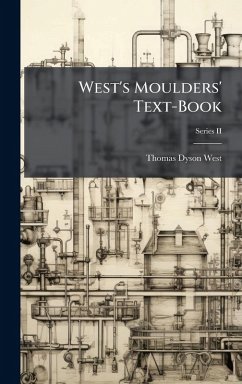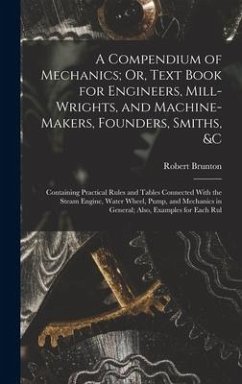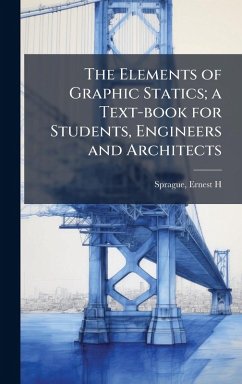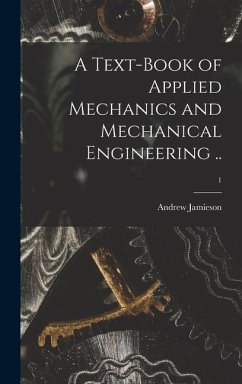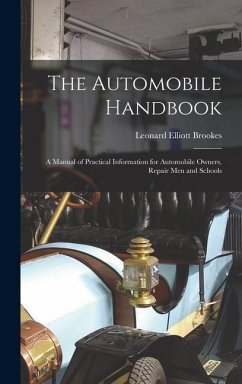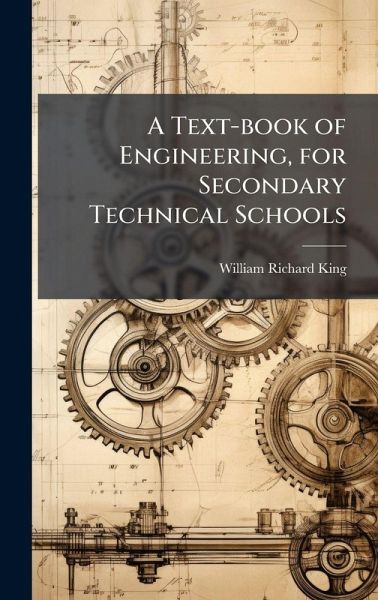
A Text-book of Engineering, for Secondary Technical Schools
Versandkostenfrei!
Versandfertig in über 4 Wochen
36,99 €
inkl. MwSt.
Weitere Ausgaben:

PAYBACK Punkte
18 °P sammeln!
"A Text-book of Engineering, for Secondary Technical Schools" by William Richard King offers a comprehensive overview of engineering principles tailored for students in secondary technical education. Published in 1906, this book provides foundational knowledge in various engineering disciplines, reflecting the technological landscape of the early 20th century. Intended as a practical guide, the text covers essential topics, likely including mechanics, hydraulics, and basic machine design, presented in a manner accessible to students. The book's value lies in its historical context, offering in...
"A Text-book of Engineering, for Secondary Technical Schools" by William Richard King offers a comprehensive overview of engineering principles tailored for students in secondary technical education. Published in 1906, this book provides foundational knowledge in various engineering disciplines, reflecting the technological landscape of the early 20th century. Intended as a practical guide, the text covers essential topics, likely including mechanics, hydraulics, and basic machine design, presented in a manner accessible to students. The book's value lies in its historical context, offering insights into the curriculum and pedagogical approaches used in technical education at the time. It serves as a valuable resource for understanding the evolution of engineering education and the development of technical skills in the early 1900s. This work has been selected by scholars as being culturally important, and is part of the knowledge base of civilization as we know it. This work was reproduced from the original artifact, and remains as true to the original work as possible. Therefore, you will see the original copyright references, library stamps (as most of these works have been housed in our most important libraries around the world), and other notations in the work. This work is in the public domain in the United States of America, and possibly other nations. Within the United States, you may freely copy and distribute this work, as no entity (individual or corporate) has a copyright on the body of the work. As a reproduction of a historical artifact, this work may contain missing or blurred pages, poor pictures, errant marks, etc. Scholars believe, and we concur, that this work is important enough to be preserved, reproduced, and made generally available to the public. We appreciate your support of the preservation process, and thank you for being an important part of keeping this knowledge alive and relevant.



